

Why is Minecraft one of the most famous indie games of all time? Versatility and near-infinite replayability. Want to accomplish a series of goals and clear the final boss? Minecraft has that. Want to explore a series of underground ruins and caverns, unearthing fabulous treasures? That, too. Want to create a 1:1 scale replica of the battle of Sekigahara using snowmen? Hey, if you have the time, Minecraft can accommodate you. Now, after a development cycle of over a year and a half, as well as many patches, the final version of this long-in-progress phenomenon is finally upon us. So how does the finished product stack up?
Above: Get it? Because of the blocks?
To begin with, here’s an introduction for those not familiar with the game: You start with nothing in a randomly-generated world made of cubes, filled with various types of environments (called Biomes), as well as wildlife like cows and pigs, with no tools or shelter. At nighttime, the kooky cartoon vibe of the game turns more sinister, and monsters such as zombies, skeleton archers, and the dreaded explosive Creepers come out to try and kill you. Your goal is to build shelter, craft tools, find food and survive long enough to create deep mineshafts, where you’ll gather the rare materials needed to reach the end-game goal. Shelter keeps the monsters at bay, while food allows you to regenerate lost health, and keeps you from starving to death.
The presentation of the game is deceptively simple. The blocky graphics aren’t going to strain your video card, but they have a unique charm, and Minecraft’s aesthetic has become the most recognizable aspect of the game. It’s also a key part of the gameplay, as the entire game revolves around destroying blocks of the environment, collecting the raw materials this leaves behind, and using them to build something cool. (And if nothing else, those of us who tend toward obsessive compulsion will appreciate how easy the blocky design makes stacking and aligning things with one another).
Above: Symmetry is the new sexy
Getting through the game means you’re going to be using the game’s simple crafting system quite a bit, which in turn means you’re going to do a lot of mining for raw materials. To mine effectively, you need to make some basic tools out of wood, which can be punched apart with your bare hands. After gathering better materials, like iron ore, you can create iron tools, which in turn allow you to mine better materials, like diamonds. And that’s the essence of the game: one big, positive feedback cycle. Doing one thing enables you to do another better. Once you get good enough at mining and killing monsters, for example, you can build an enchantment table and use your experience points (garnered by killing creatures) to make your tools more powerful… and kill more monsters. It’s this basic wheels-within-wheels design philosophy that’s caused so many to lose hours and even whole days to Minecraft.
Unlike in previous iterations, Minecraft no longer throws you to the wolves, expecting you to find out how to make and do everything on your own. A growing tree of Achievements in the game provides guidance on how to make new items and tools, and how to use them to get to the end of the game. The gameplay itself is rewarding enough in itself, though, and the rush of finding a vein of diamonds or an ancient cave deep in the earth is something no other game really offers.
Once you’ve gotten a grip on the basic cycle of gather-craft-gather, don’t assume that the game has no more challenges to offer. Now that it’s “complete,” the world of Minecraft has quite a few more curveballs to throw at you, starting with the new end-game goal. In previous versions of the game, there was no real ending, and the game just kept going forever. A goal to work toward is what fans have waited for the longest, so it’s only fitting that it’s in the “final” version.
Beating the game means you’re going to have to go to the Nether (Minecraft’s version of hell, which now sports ruined buildings) at least once. Just getting there requires at least 10 blocks of Obsidian (one of the trickiest blocks to farm, as they’re always next to lava), and once you do, you’ll have to jump through some onerous combat, collection and crafting hoops before you’ll even get an inkling as to where the portal to the end boss is (and it’s always hidden in a dungeon deep underground). So there’s a fair bit to do in the game, even if you spend no time building things in the huge, open world – which you invariably will. Even if you ignore the addictiveness of building your own soaring, continually evolving fortresses, the new potions and enchantments aren’t going to craft themselves.
Above: Our Arcanorium is fully stocked with potion brewing stands and enchantment tables/books
Another new addition, the potions and enchantments are a huge piece of content in their own right. The new Brewing Stand and Enchantment Table both require advanced materials to make, and using it to enchant tools, weapons and armor consumes the skill points you gain by leveling up. Meanwhile, potions require a diverse mixture of materials and have a large range of effects, from restoring health instantly to granting resistance to fire damage.
Also new is the ability to create snow golems, friendly snowmen with pumpkin heads that hurl snowballs at hostile creatures. Add to these to a few tamed wolves (created by giving bones to stray wolves), and suddenly you have a veritable army on your side. Probably the weirdest new addition to the final version of Minecraft, however, is the Mooshroom. This is a creature that can be sheared for mushrooms, milked for mushroom stew, and looks like the sad result of a terrible accident involving a cow, a mushroom, a teleporter and Jeff Goldblum.
Above: Equal parts cool and horrifying
In addition to the standard Survival mode (described above), there are now two additional modes, Hardcore and Creative. Hardcore is like Survival, except your death is permanent – no respawns. Creative, meanwhile, gives you infinite blocks of every type, unlimited health, and the ability to fly. This mode is for those who just want to build and don’t want the hassle of exploring and gathering materials.
All of these modes can be played on a multiplayer server, which can be especially rewarding, as you and other players can build cooperatively at the same time, or marvel at each other’s structures as you happen by them. The multiplayer worlds are persistent, and display players and blocks in real time, but they do require a dedicated host server.
Now that it’s finally “finished,” Minecraft stands as a remarkable achievement - not only a well-rounded gaming experience, but a chance for players to experiment, explore freely and reshape their environment to an almost ludicrous level. If you own a computer and haven't given Minecraft a try, you're missing one of the most unique experiences of this generation.
By Clint Demeritt
The darling of hardcore gamers and game designers alike, Minecraft's blocky aesthetic and open-ended, Do-It-Yourself gameplay have charmed millions. After years of public beta testing and polish, Xbox 360 owners can now get in on all the tree-punch, creep-dodging fun with Minecraft: Xbox 360 Edition. If you’re totally unfamiliar with the game, there’s plenty to explore and enjoy, and it’s easy to get lost in its numerous charms.
Minecraft has a pretty simple concept: You mine blocks to reconfigure them into whatever pattern you see fit and at night, monsters come out to terrorize you and your creations. People have created all sorts of wonders such as replicas of the Starship Enterprise, rollercoasters, as well as mechanical shooting galleries.
Obviously, the title takes on two meanings: Apart from the mining part of the game, there is also quite a bit of crafting. You have to make tools: axes to help fell trees, picks to collect precious metals and swords to fend off deadly zombies and exploding creeps. You can also maintain rails to guide mine carts and there is also a pretty mechanism system with wires and switches to activate machines and trap doors.
On console, the crafting aspect of the game offers much more guidance than its PC counterpart. On the computer, crafting is done Horadric Cube style – players arrange ingredients on a grid to create the various tools and structures. It offers some nice versatility, but can often leave players in the dark on what to make. In the Xbox version, there is a list of outputs to select from, giving players a much better idea of what they can create. It's a nice feature, but on the other hand, it’s occasionally difficult to find a specific item that you want to craft.
The game does have some combat mechanics, but Minecraft is mostly about exploration and creation. Players can craft swords, bows, arrows and armor, but that’s about it. You won't be casting spells or leveling up stats. Most of the time, when you see a monster you'll be running the other way, pleading for them not to kill you. However, Minecraft does offer other dimensions filled with menacing mobs and an end-game boss.
The game has a charming aesthetic, though its blocky and pixilated style feels like a Nintendo 64-era title. It works well here, though it won't be winning any beauty contests nor will it push the Xbox's hardware.
Minecraft can best be described as oddly gripping. On the surface, it seems shallow, but it’s very deep. It is one of those “minutes to learn, but years to master” types of games. You’ll have access to most of the tools and material you will need within the first hour. But you can spend days finding and rearranging those materials into your perfect house, or lose yourself for hours creating your own underground rollercoaster. To get the most enjoyment out of Minecraft, your creativity and ingenuity will be put to the test, and the game gives you the tools to do just that. Minecraft mostly leaves you to your own devices, which is both its greatest strength and its most frustrating element.
Because Minecraft is such a self-guided experience, you’ll have to step outside of the game to get the most from it. Odds are, you’ll have to consult a wiki to discover all its moving parts. Fortunately, the console version has a tutorial, so while you’ll still need to consult some outside assistance, you’re not quite as up a creek sans paddle as you would’ve been playing it in its earlier PC incarnations. Yet, some will argue the fun in Minecraft is discovering how everything works. And it is a joy to play around with powered mechanisms in the game to see how they work. But, for some (read: some console gamers who don't have a PC rig for gaming), this “leave the player be” design philosophy can also be horrible frustrating when you die and you can't find your body again to recover your dropped loot, or get stuck wandering around in some mineshaft. It's irksome to spend an hour hollowing out a mineshaft, getting about a hundred feet away, and then never being able to find it again.
If you've been playing Minecraft on PC, you may find a few things sorely missing at this version's launch, such as pistons. We received confirmation that while Minecraft: Xbox 360 version is based on version 1.66 of Minecraft, some things are forthcoming, and indeed, those pistons will be one of the first items to be updated into the game around launch. But the Xbox version does offer 4-player split screen, which offers a more personal touch for jumping into co-op crafting, and you can play over Xbox Live.
Minecraft: Xbox 360 Edition is a fun game bursting with humor and charm. If you have been interested in it, but either don’t have a gaming PC, or have procrastinated on trying it out, now is a good time to jump onboard. It really encourages players to think and evaluate, be creative, and engage with a digital environment in ways few other games have achieved. As timesinks go, this is a great one. You’ll find yourself searching for hours for that last diamond needed to create high-level armor, or put the finishing touches on a gigantic castle. There are a few frustrating sections inherent to its self-guided experience, but it doesn't stop the game from being enjoyable. Minecraft is a game well worth investing countless hours into.

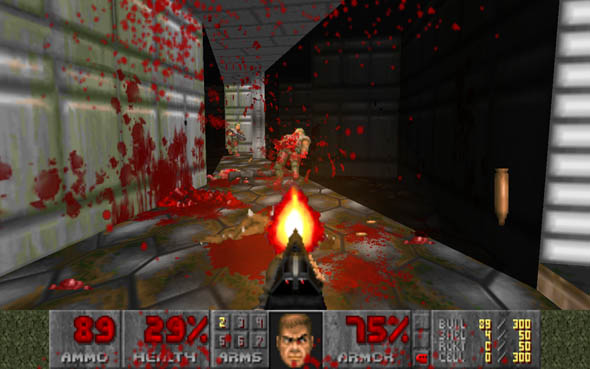
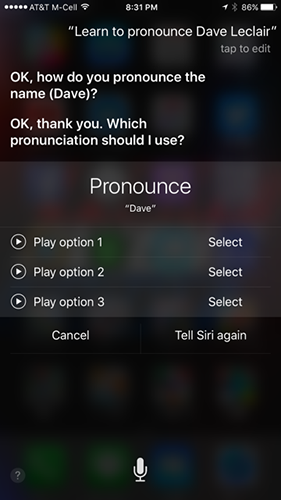
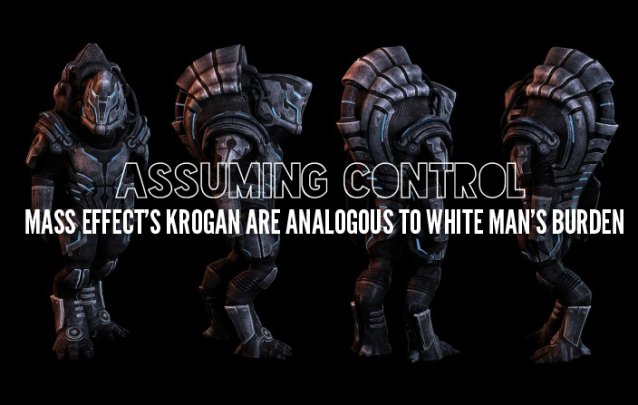
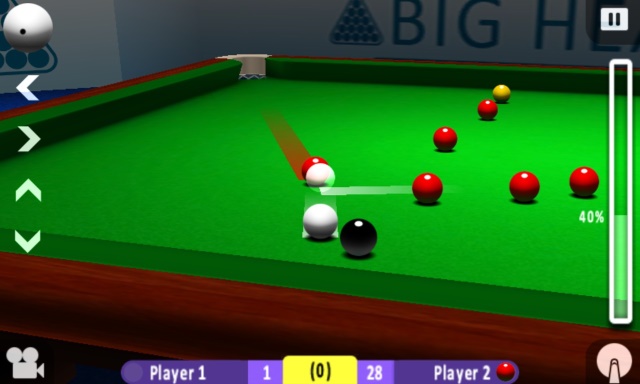 Top 5 Windows Phone Games With Turn-Based Multiplayer Options
Top 5 Windows Phone Games With Turn-Based Multiplayer Options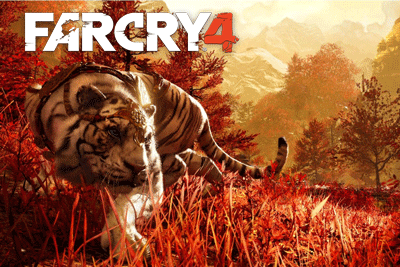 How to get Far Cry 4 Tread Lightly Trophy / Achievement
How to get Far Cry 4 Tread Lightly Trophy / Achievement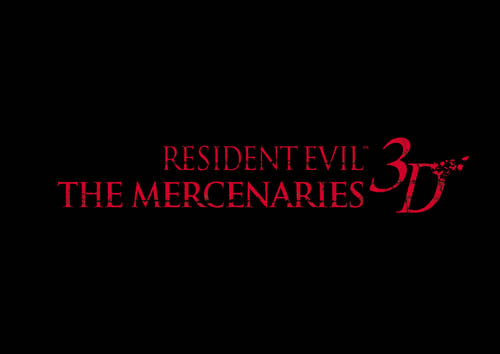 Resident Evil: The Mercenaries 3D unlockable characters and outfits guide
Resident Evil: The Mercenaries 3D unlockable characters and outfits guide 5 Ways Gamers Can Save Game Progress To The Cloud
5 Ways Gamers Can Save Game Progress To The Cloud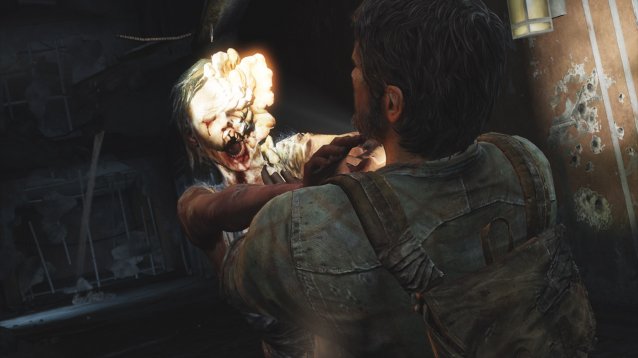 The Last of Us Glitches
The Last of Us Glitches